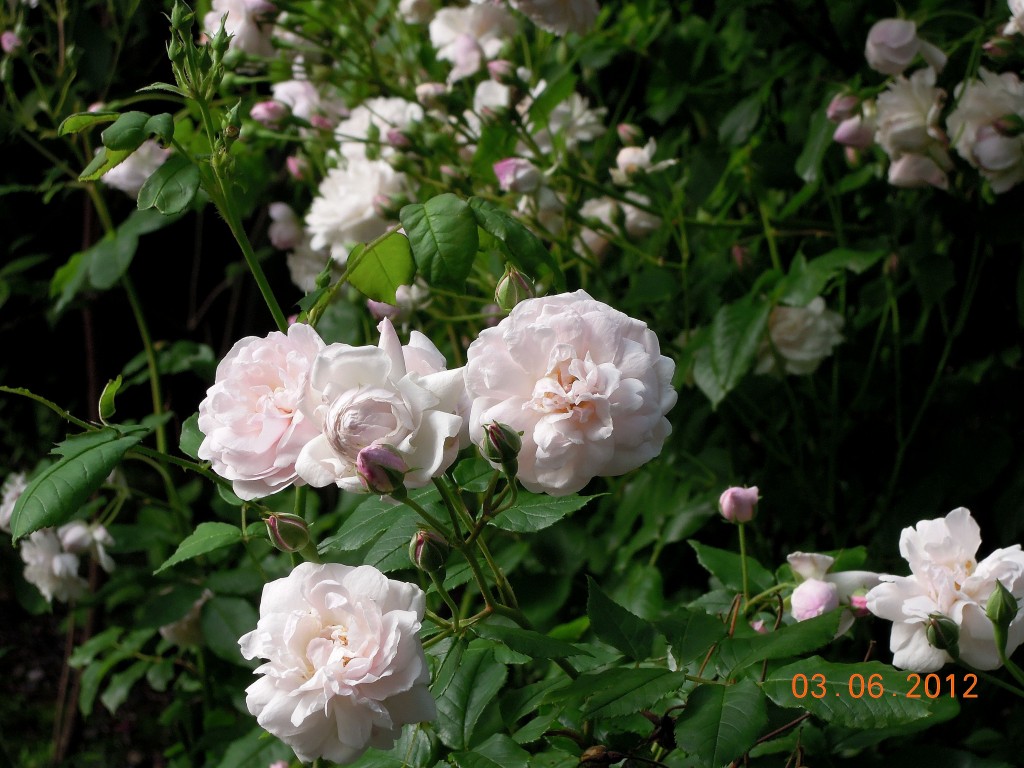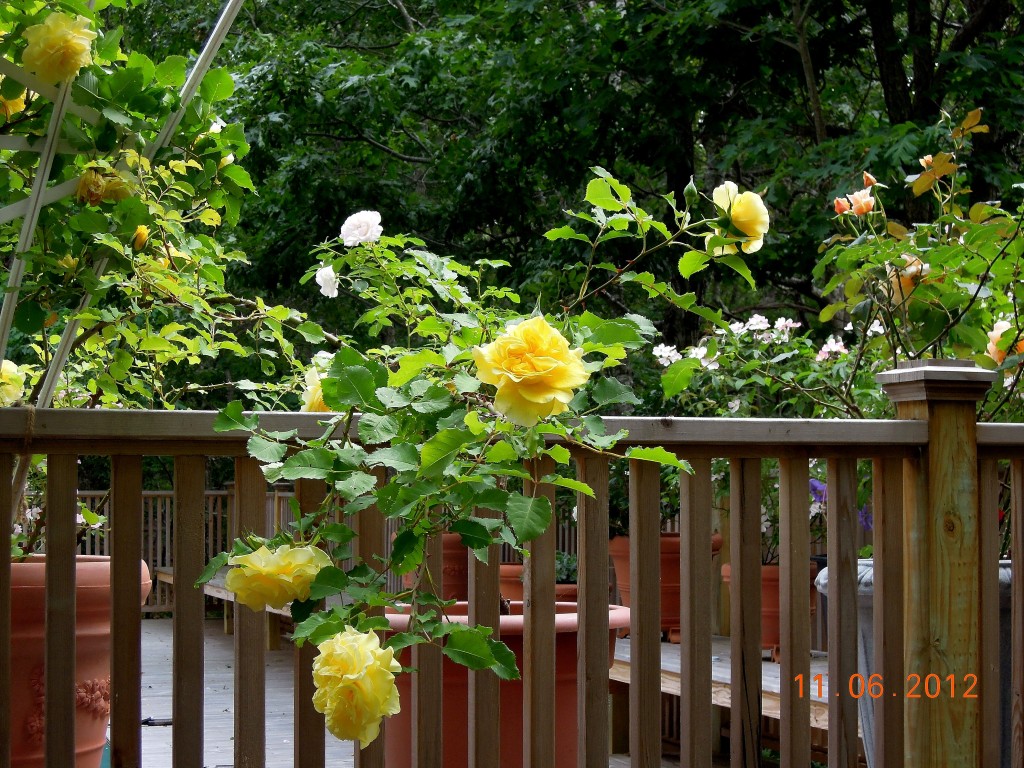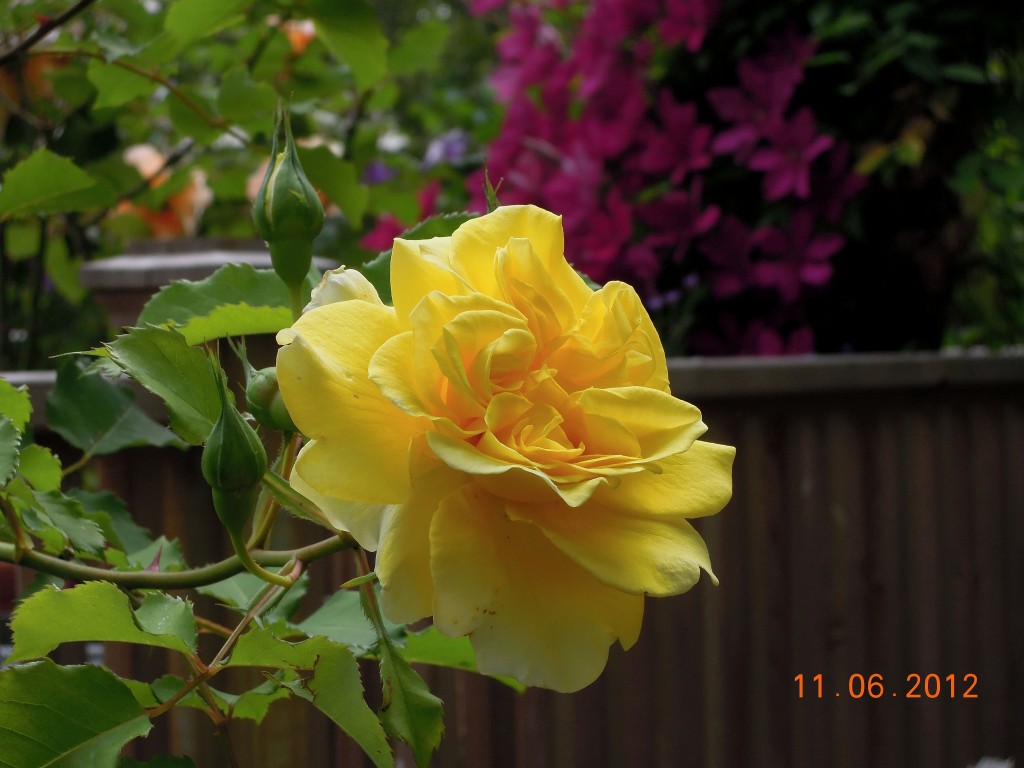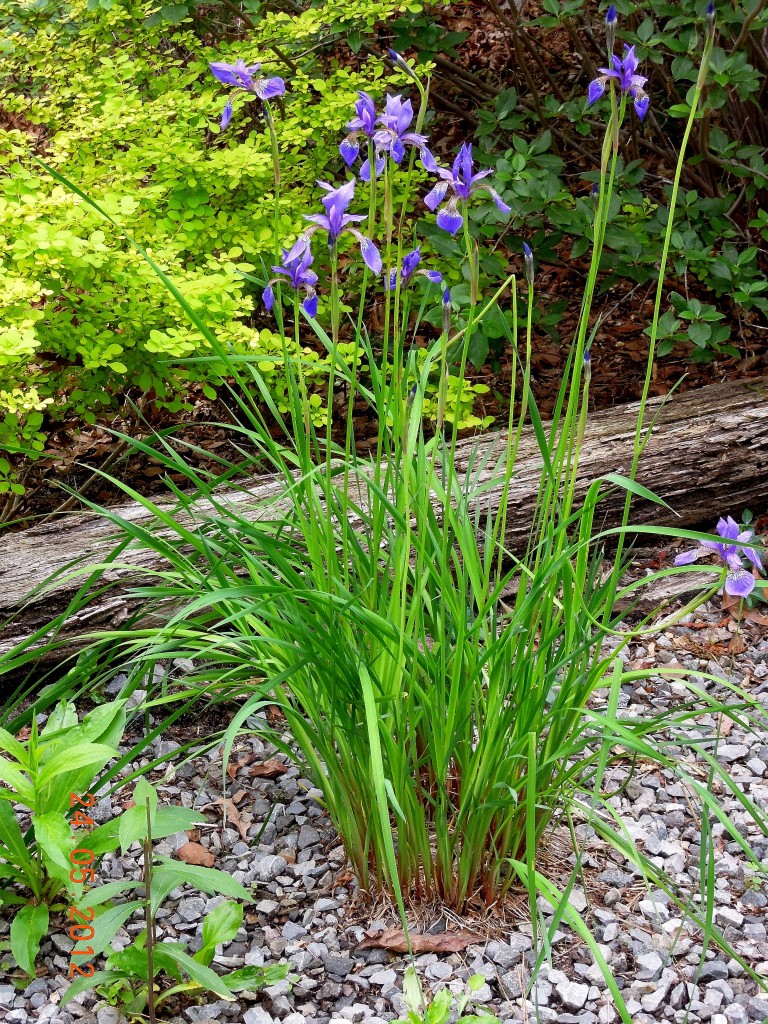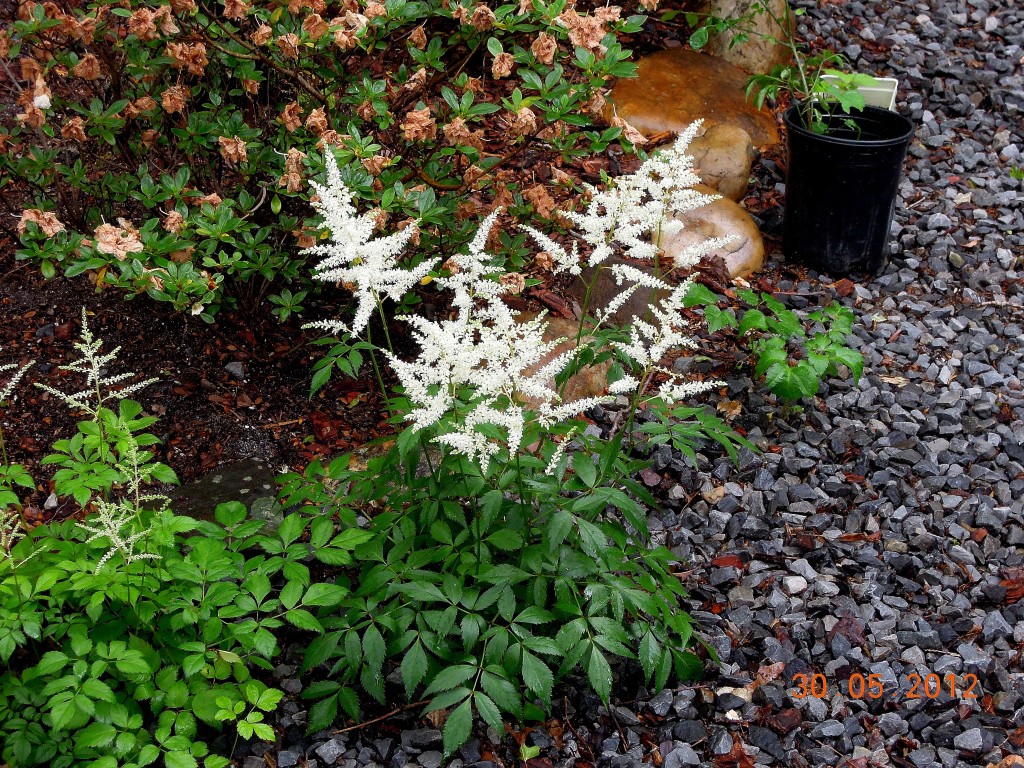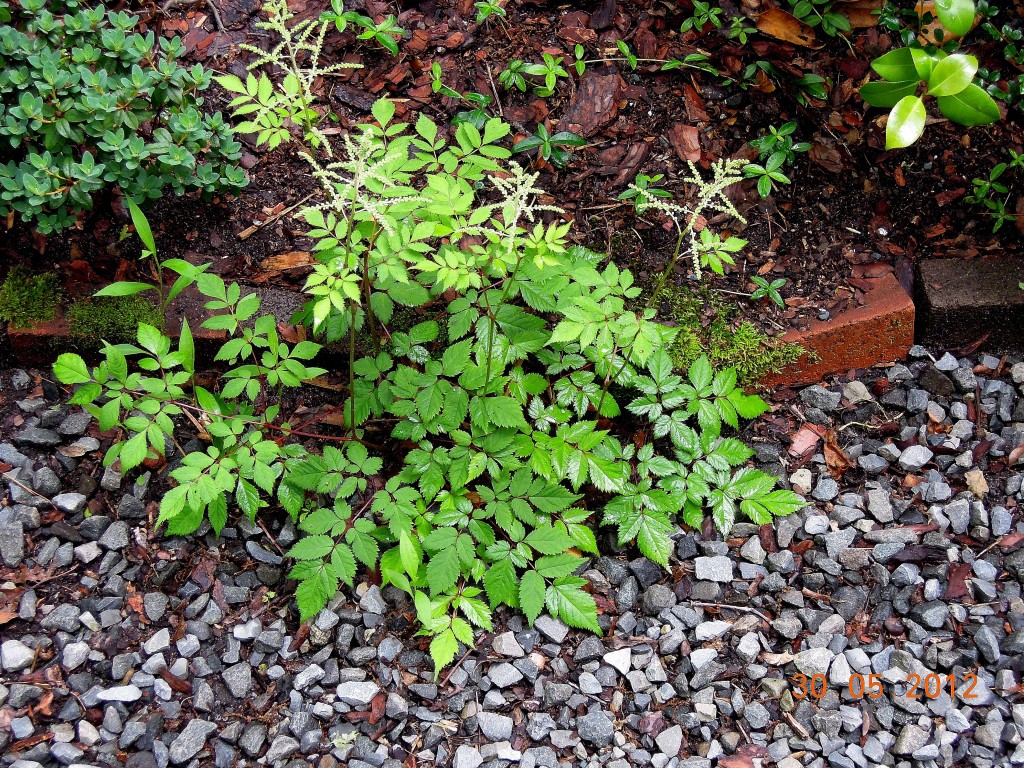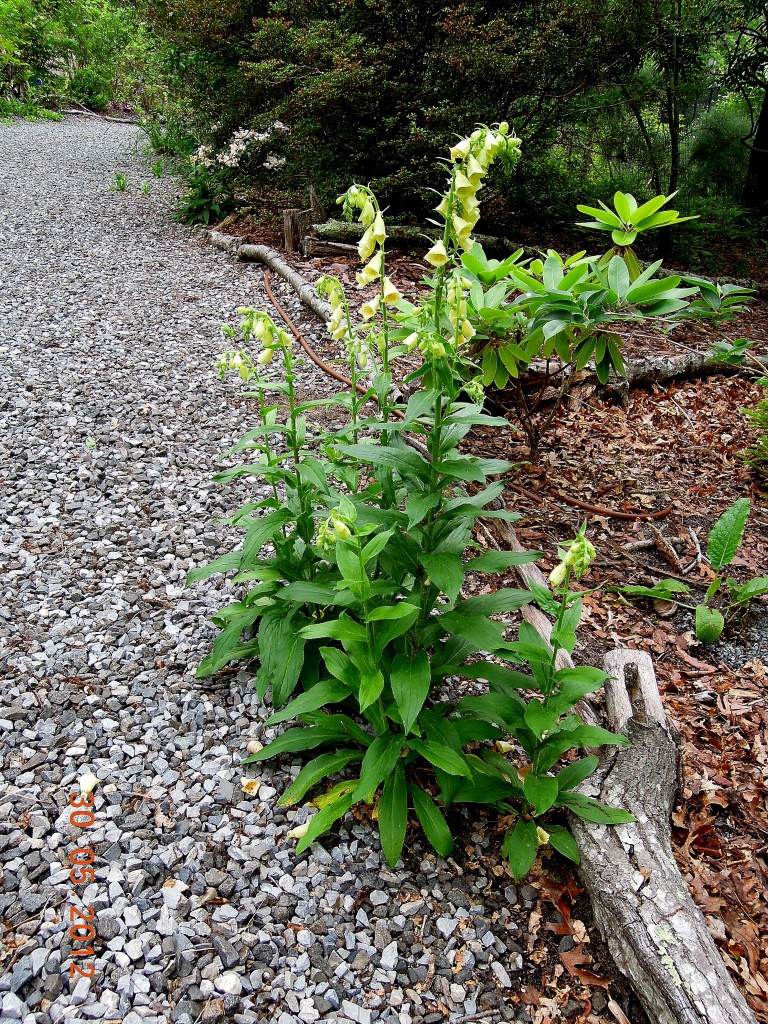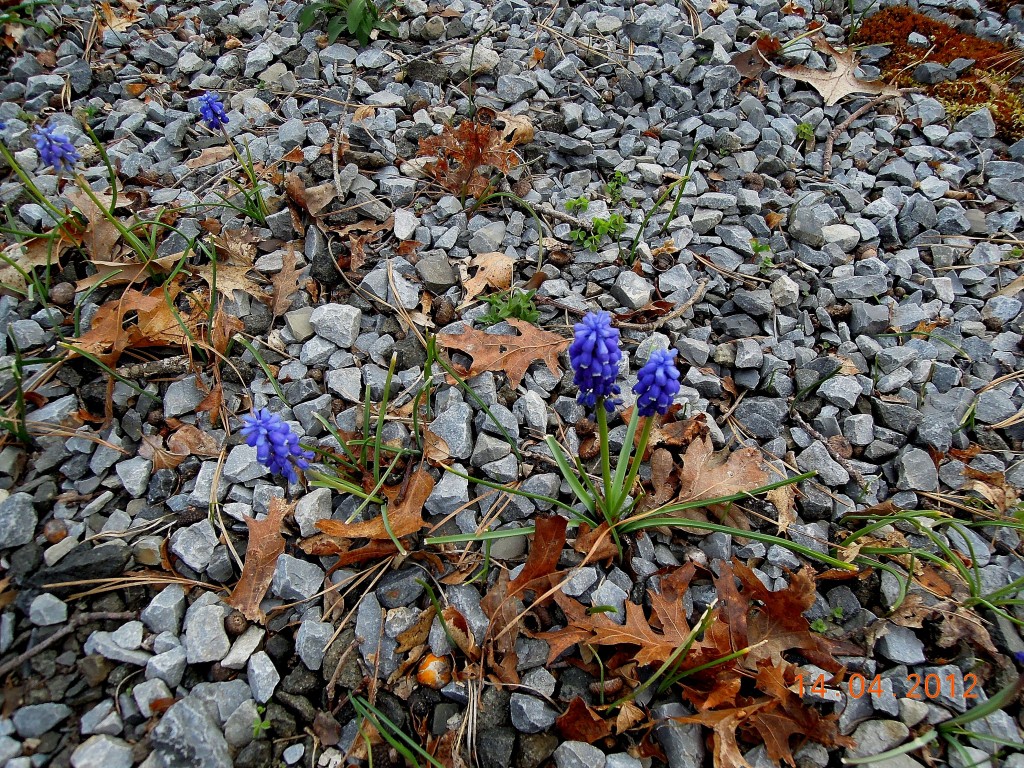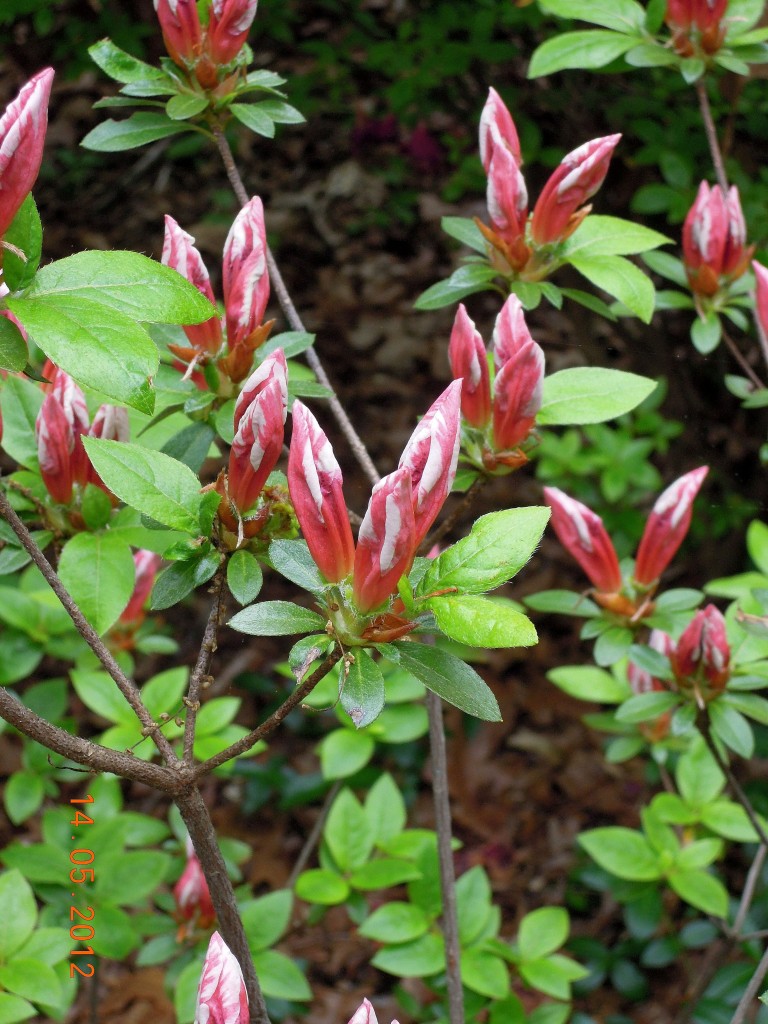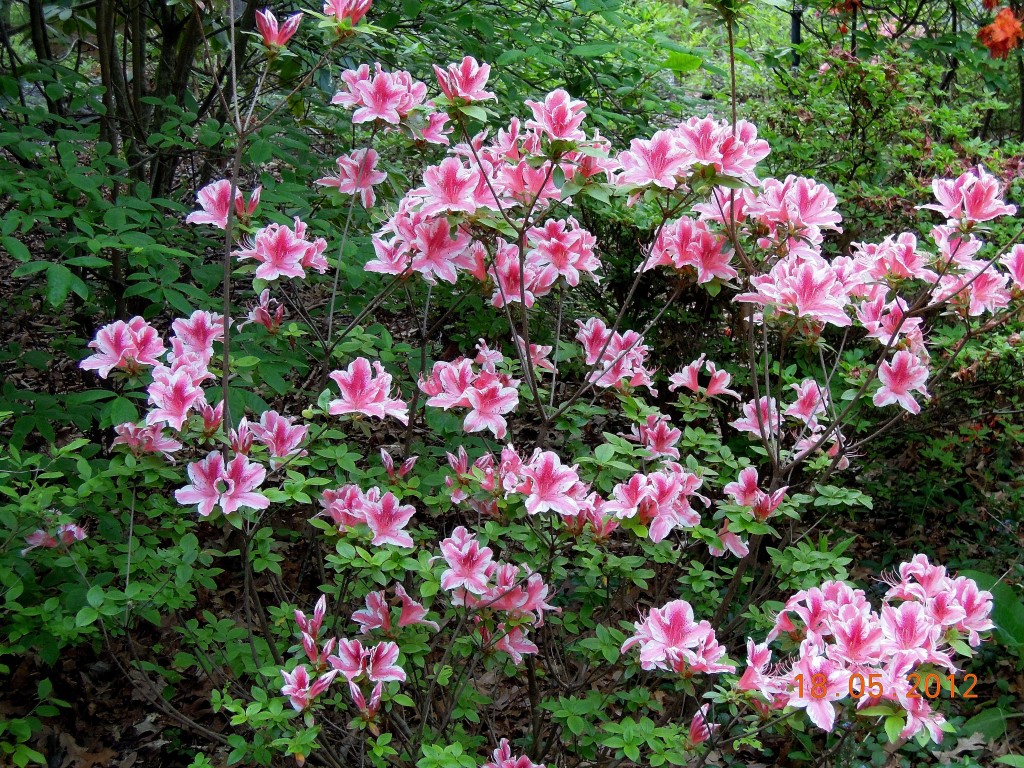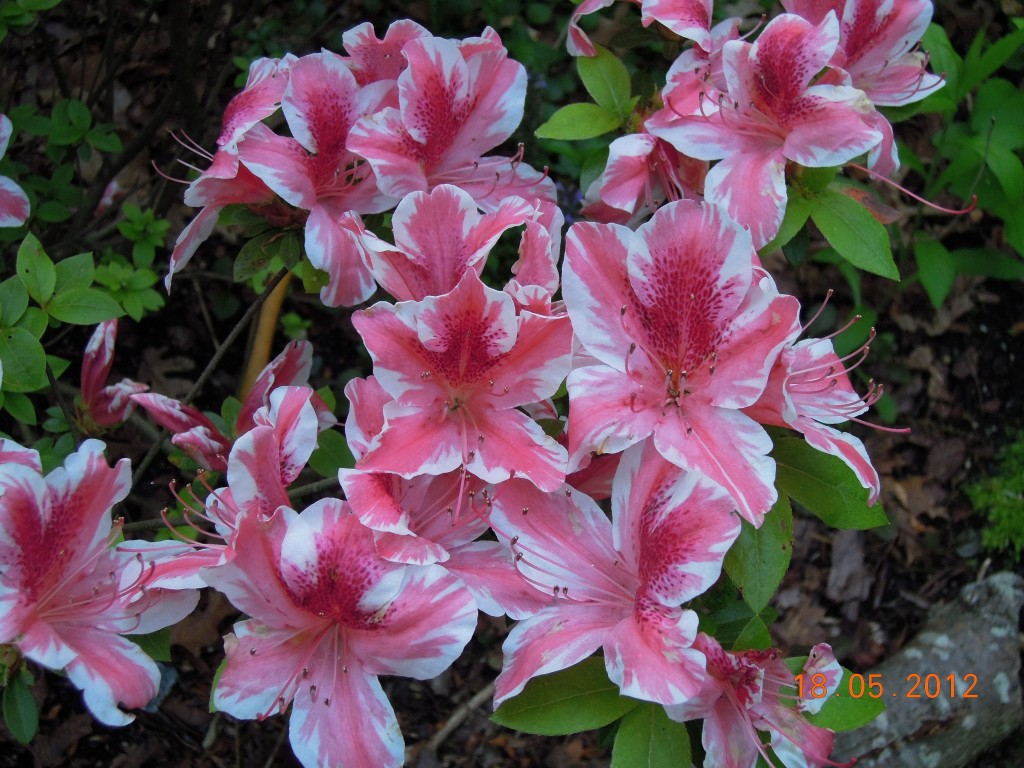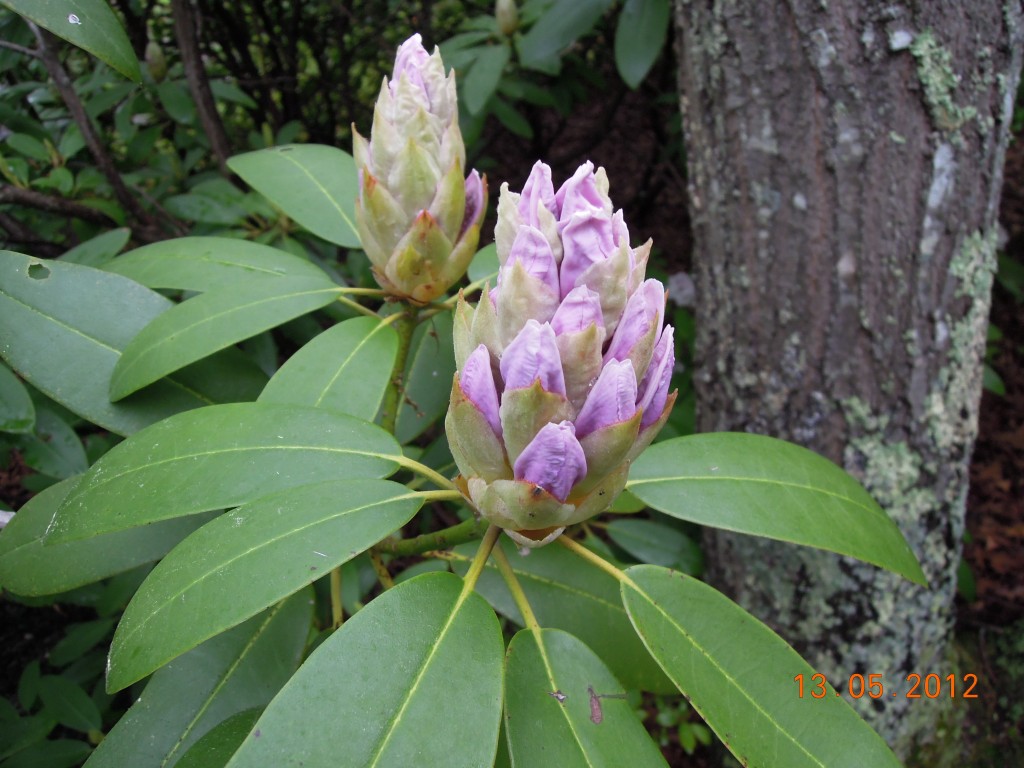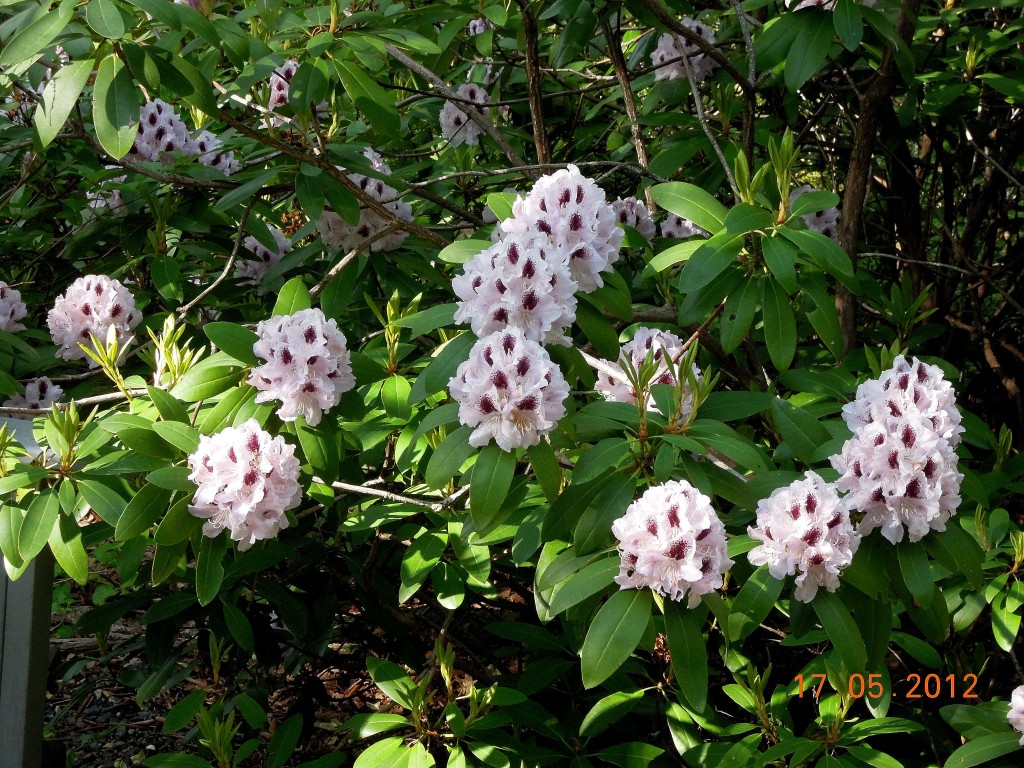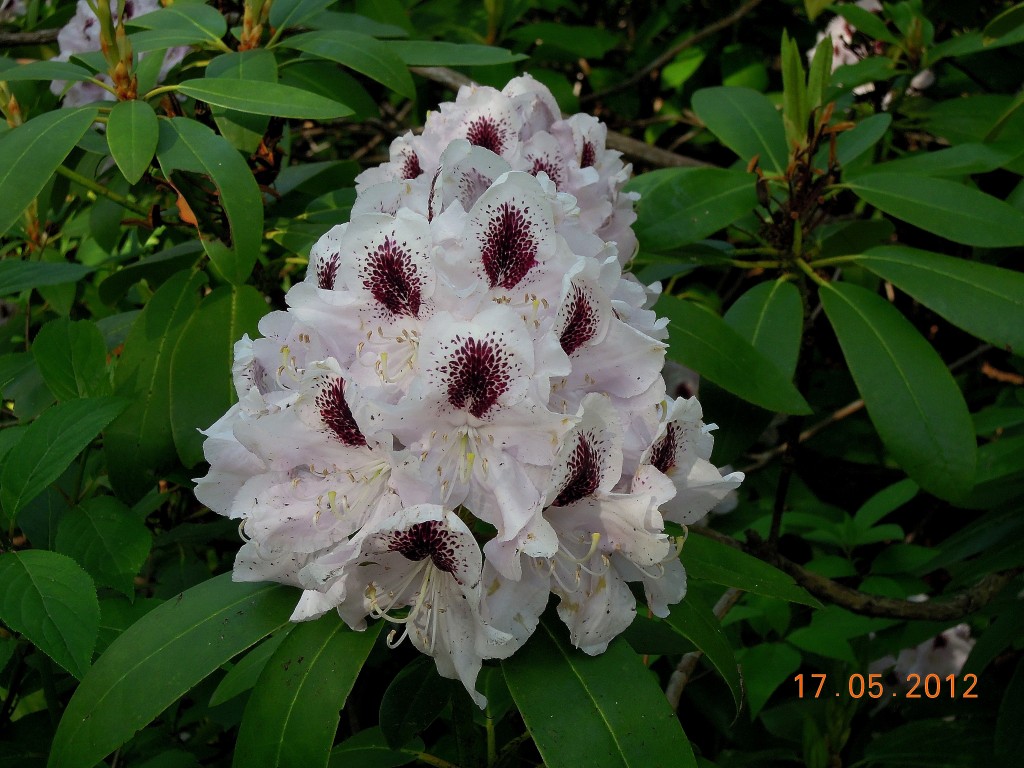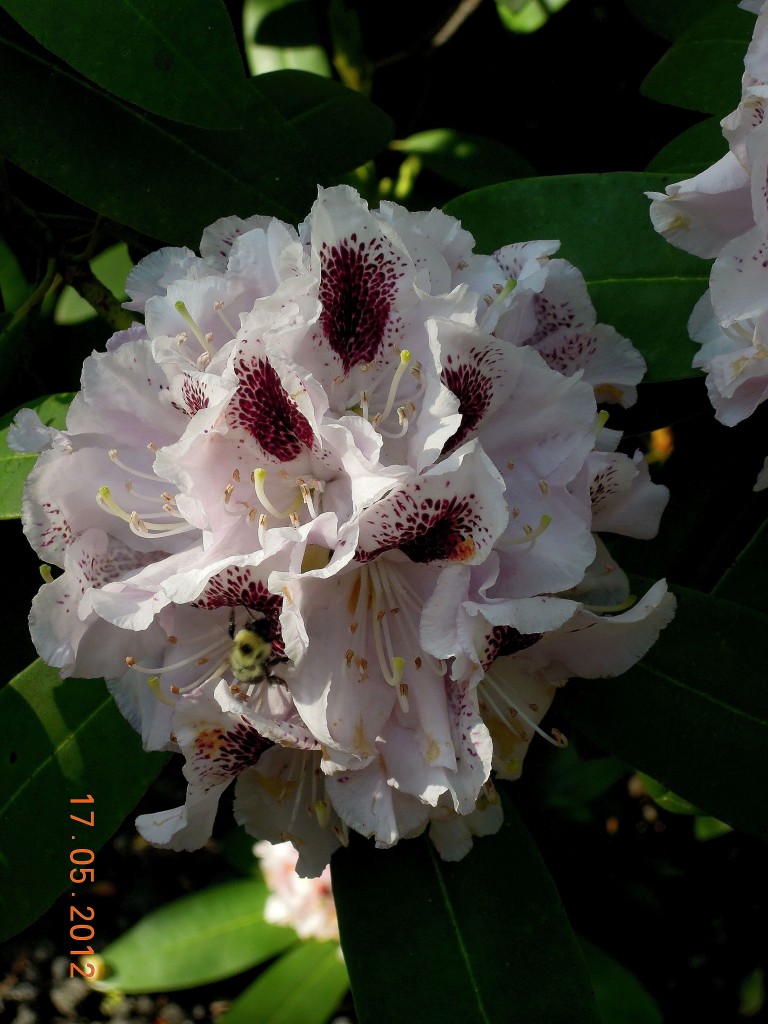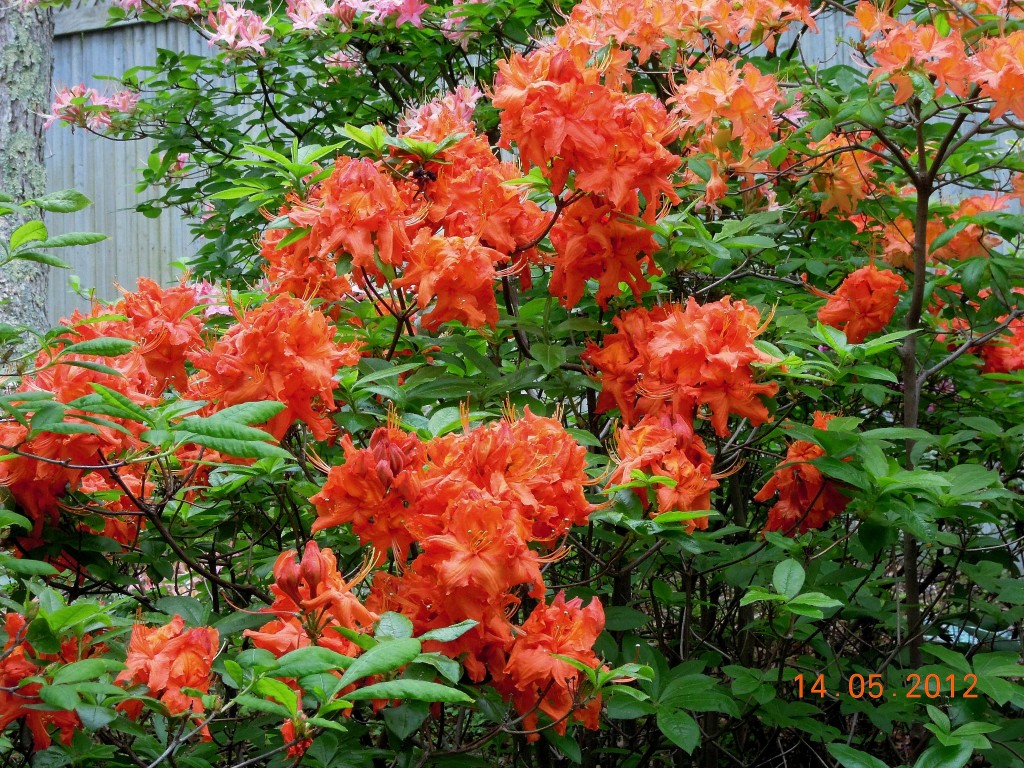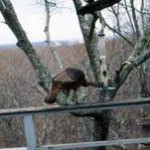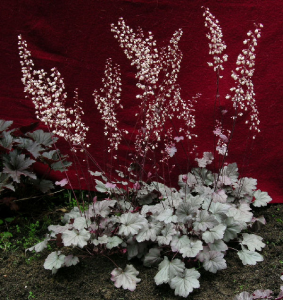No doubt about it. Roses and hydrangeas reign supreme in June, and this year they are spectacular.
Roses first.
While it was difficult to decide which of my bewitching, lushly fragrant roses to talk about, Rosa ‘Belle Vichyssoise’ won out because of the fascinating history of Belle’s rose-class, the Noisette.
In the early 1800’s John Champneys, an amateur rose hybridizer in South Carolina, developed the first reblooming rose in the western world, R.’Champneys’ Pink Cluster’. Then, as the story goes, he distributed the rose to a number of people, including his French-born neighbor and nurseryman, Philippe Noisette. Philippe, in turn, sent the rose or seedlings of the rose to his brother, Louis Claude, a nurseryman in France, who used the roses as seed parents in his own hybridization program.
Louis invited the renowned botanical painter Redoute to draw one of the roses. On the drawing Redoute wrote: “Rosa Noisettiana, Rosier de Philippe Noisette.” The rest is history: Redoute’s paintings became world famous, along with the name Noisette, and all the hybridized roses in the class are now called Noisettes — not Champneys.
Was Champneys robbed?
William R. Prince, of the Prince Nursery in Flushing, New York, the purveyor of plants to many notables, including George Washington and Thomas Jefferson, certainly thought so. In 1846 he wrote: “The origin of the first varieties of this remarkable group has been announced erroneously to the world by various writers, arising first, from the want of candor on the part of Philippe Noisette of Charleston, when he transmitted the plants to Paris; and secondly, from the ignorance of those who have discussed the subject.”
Was Champneys robbed? Probably.
But don’t let this sorry history deter you from enjoying the splendid Noisette, my treasure, Rosa ‘Belle Vichyssoise’. Unlike most Noisettes which prefer southern climes, Belle is winter hardy here in the northeast, zone 7. She is in continuous bloom from late Spring thru Fall, flaunting fat clusters of small pink blossoms that perfume the air with intoxicating fragrance. And she enjoys robust health, a sine qua non in my organic garden. Truly a must-have rose.
I purchased mine from Roses Unlimited (www.rosesunlimitedownroot.com).
Update on Rosa ‘Golden Fairy Tale’. ( See “2011 Successes”)
This year R. ‘Golden Fairy Tale’ is better than ever. No change in the foliage—-still clean and healthy. It’s the flowers. The shrub is bursting with them; one large stem even jumped the fence looking for new worlds to conquer. The blossoms are fragrant and beautiful from bud to mature bloom. Another must-have rose.
I purchased mine from Palatine Roses ( www.palatineroses.com) on the recommendation of one of the owners, Eva Schmitz.
